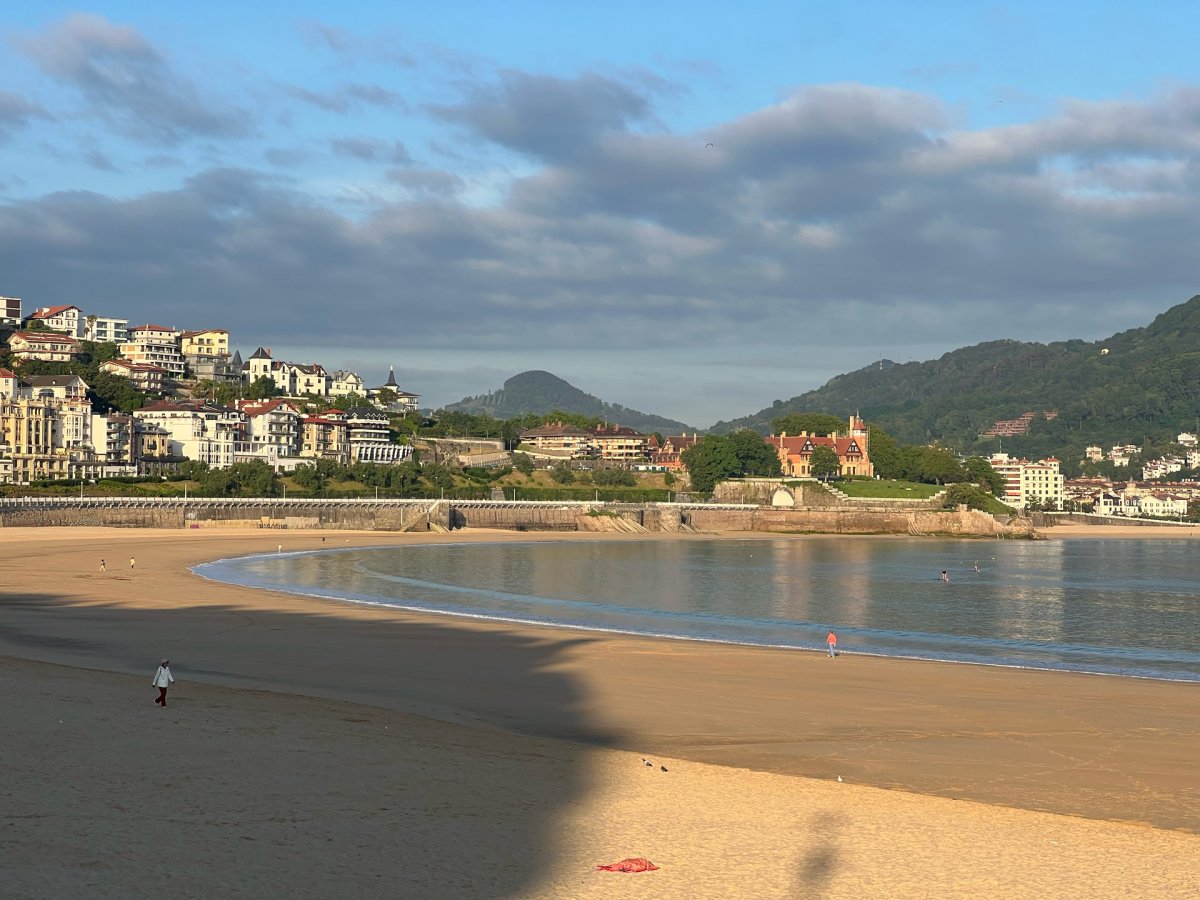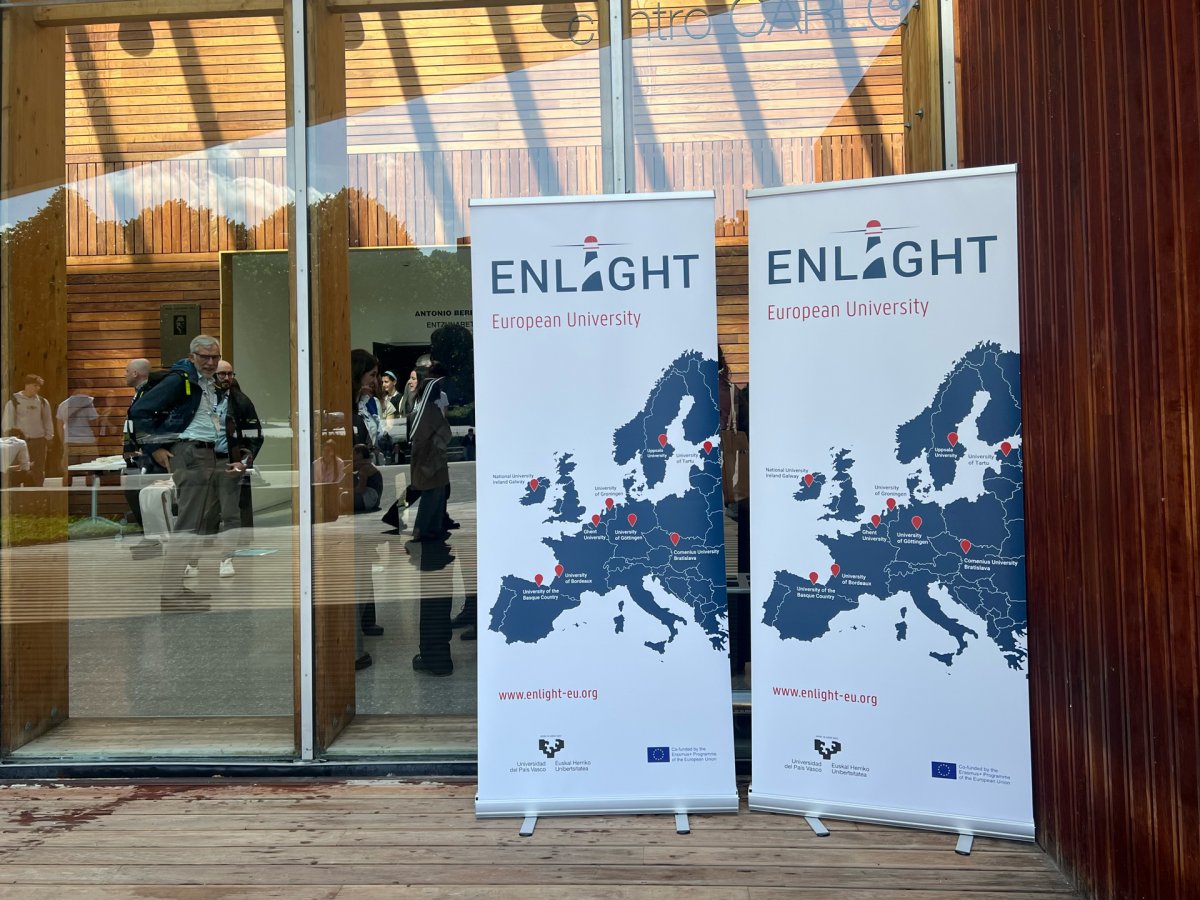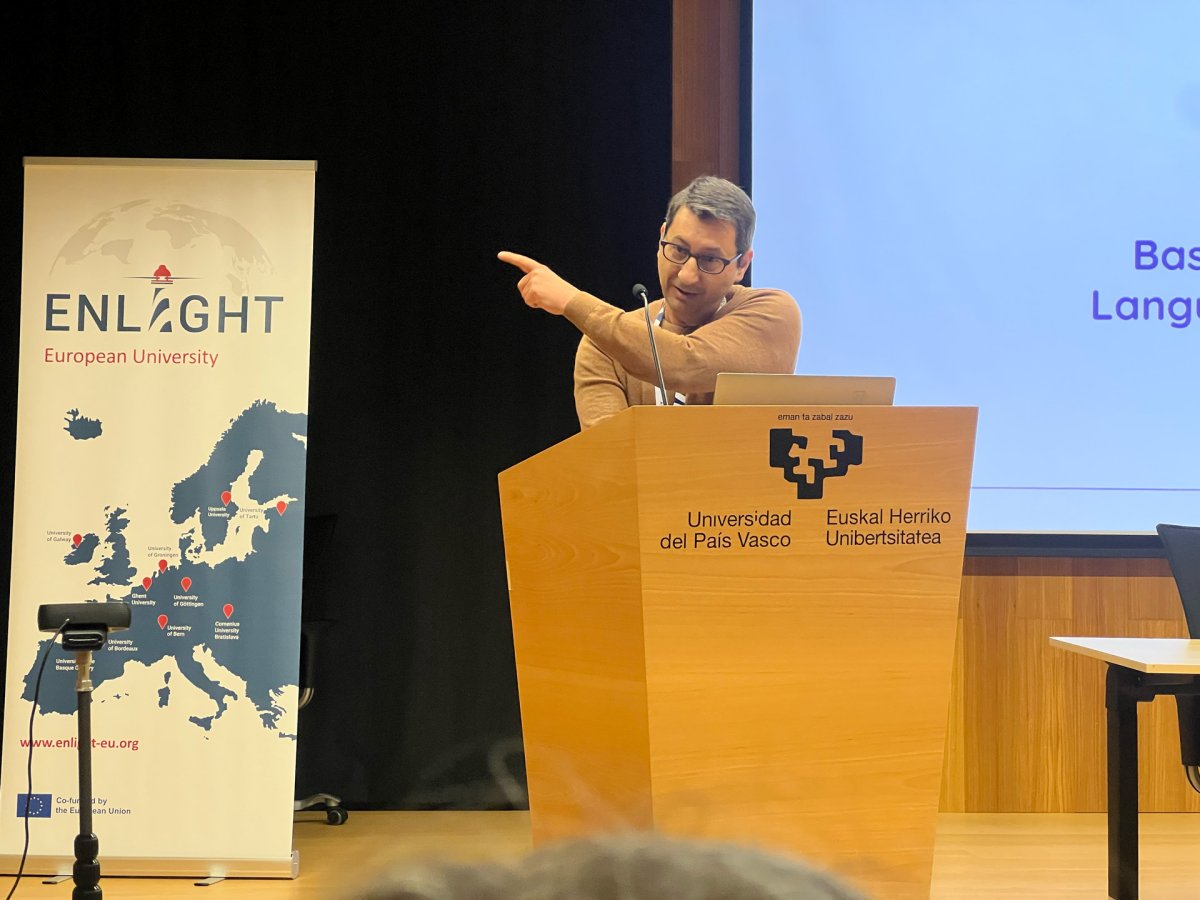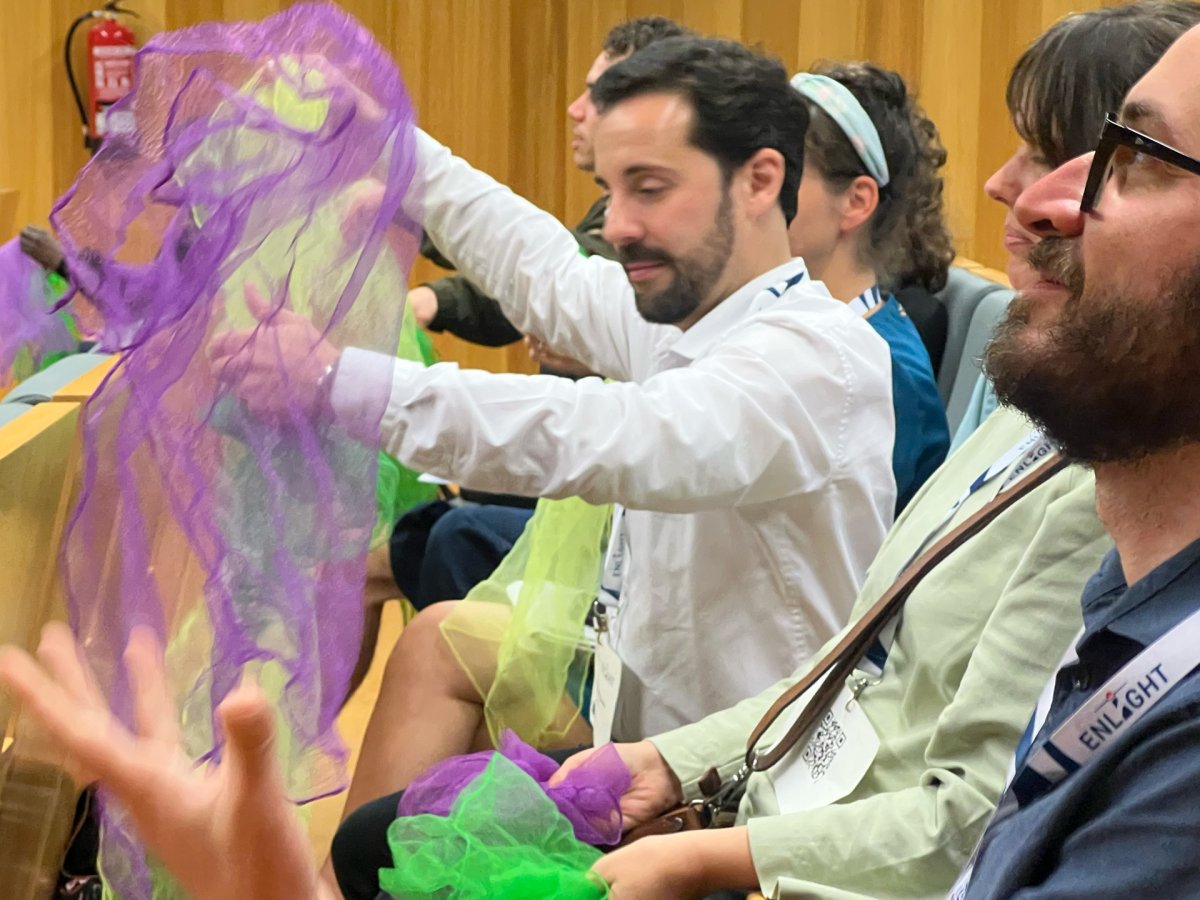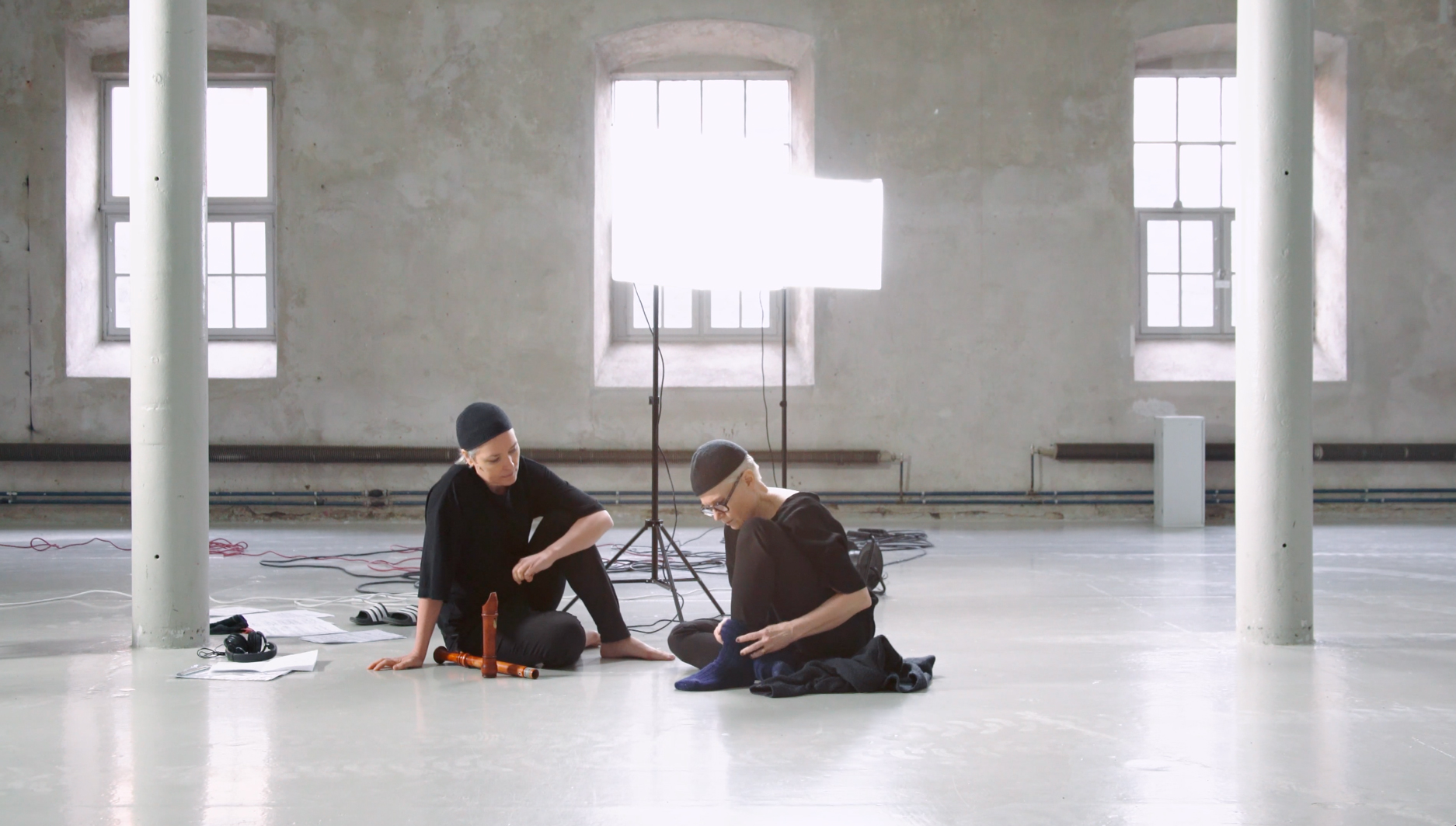Last week, I had the honour to participate in the conference of the ENLIGHT European University and introduce the broad goals and main ambitions of the new Institute for Creativity at the University of Galway.
- Demonstrating that research-based arts and arts-based research are on par with scientific research
- Developing and cultivating transferable, transversal and transformative skills through creative practice
- Promoting and pioneering artistic intelligence to address societal challenges and increase competence and competitiveness across sectors and industries
In Donostia/San Sebastian I participated in a panel discussion with the title "Breaking the Mold: Joining Forces with the World of Culture & Creativity to Approach Urgent Societal Challenges." And in deed, we do experience a tremendous urgency to radically reimagine the role of art and culture in society as well as in universities and academic settings.
Based on our current research within the PACESETTERS project, three areas emerge as the most pressing:
Recontextualising Innovation:
What does it mean today to create something new? The digital and climate transitions are fundamentally questioning common understandings of creativity. Although they seem to operate in very different areas and domains, both disrupt the linearity of relationships between established and emerging practices, between the supposedly old and the new. Synthetic versions of a past and a future that would be capable of its self-regeneration substantially interfere with the grammar and the tenses of creativity as we know it. In this situation, art and culture can facilitate an advanced understanding that the practical challenges of the climate crisis on one hand, and AI or machine learning on the other, are by no means distinct and separate, but deeply entangled.
Rethinking Competitiveness:
The fragmentation of the cultural and creative sectors and industries is also the result of educational systems and professional incentivisation schemes that operate on individual basis with a high level of competitiveness and exclusivity. Nevertheless, they promote illusions of individual performance which ignore the fundamental impact of the creative ecosystems surrounding them, as well as the collective intelligences and divisions of creative labour which generate what is perceived as excellence in the university context and on the art markets expressed by a certain price tag. However, the emerging challenges of competence and competitiveness actually point in the opposite direction: in the true sense of the word, they compel us to learn how to collaborate and work together, rather than against one another.
Empowering Creative Subsistence:
The vast majority of artists and creators are not aiming for market dominance to maximise their profits. Their primary interest is to reproduce and regenerate the conditions that allow them to continue to be creative. This requires a certain independence from short-term grants and project based funding. Joining the forces of culture and academia allows for advanced ventures exploring the untapped potentials of open source, cross-creative and patchwork business models with diversified revenue streams that are resilient, sustainable and innovative at the same time. Rather than silo-thinking and solo-acting, a genuine model of artistic entrepreneurship promotes cooperative approaches and collective intelligences that can turn the fragmentation of the CCI from a weakness into a strength.

